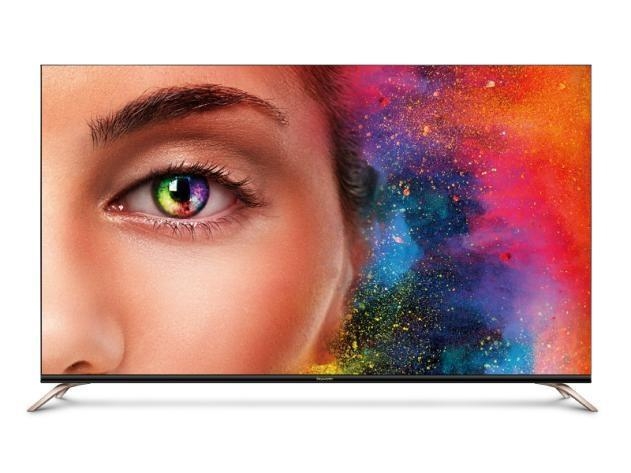Because of the solid color, so excellent - Skyworth Q7/Q8 with "solid technology" break through the wide color gamut


This is all due to Skyworth Q7/Q8 equipped with the latest solid color technology, while enhancing the wide color gamut, absorb light from the backlight through a light nano material with a diameter of only 1 nm, thereby purifying the color of the backlight source to obtain pure red and green The blue three-primary light makes the original color more pure, color more true, and the picture quality is comparable to OLED. In addition, Skyworth Q7/Q8 configures LG Display's original 4-color 4K screen body to reduce energy consumption and increase transparency compared to ordinary 3-color screens. Dolby Vision HDR technology and 4K MEMC+ motion picture stabilization technology effectively solve the problem of incoherent motion pictures. Therefore, Skyworth Q7/Q8 brings outstanding image quality and shocking experience to consumers from a variety of comprehensive dimensions such as color, brightness, contrast and stability. Whether it is a movie or a TV drama, realistic images allow users to experience the most realistic scenes.

Super configuration, ultra-clear picture quality, ultra-thin appearance, can provide users with quick response, bring the ultimate audio and video enjoyment, but also face value burst watch, Skyworth Q7/Q8 TV with internal and external quality, will certainly be in 2017 In the television industry, it shines brightly. It also allows consumers who encounter it to feast on their eyes.
Smart TV/box information can focus on smart TV information network sofa butler (http://), China's influential TV box and smart TV website, providing information, communication, TV boxes, smart TVs, smart TV software, etc. Answering questions.
Biconvex lenses are a simple lens comprising two convex spherical surfaces, generally with the same radius of curvature. Being a kind of simple lens, the biconvex lens has a wide range of applications of it, but it is not limited to, control and focusing of laser beams, quality imaging and also the other kinds of optical instruments.
In a biconvex lens or a Plano-convex lens, a collimated or accurately parallel beam of light passes through the lens and converges at a spot or focus coming behind the lens. In such a case, this lens is known as a converging or positive lens. The distance coming from the lens up to the spot is called the focal length of the lens. Since there is a curvature on both sides of the lens, there will be around two focal points and also two centers. The line that is drawn through the middle of the biconvex lens is known as the principal axis.
Biconvex Lenses- Uses & Applications
These lenses have around a number of uses of which some of them are listed below-
- Biconvex lens are used as a magnifying or condensing lenses.
- They are also used as objectives or magnifiers
- These are utilized in many imaging systems such as the telescopes, monocular, microscopes, binoculars, cameras, projectors, etc.
- These are used in producing the virtual image in case of a human eye and a real image in case of the photographic films or an optical sensor
- These lenses are also used as a burning-glass.
- These are used in the applications of image relays and also in various kinds of industries
- Hence, a biconvex lens is one of the best lenses that can be used in a condition where a beam of light incident on lens is diverging in nature and also the beam that leaves the lenses converges symmetrically.
Double Convex Lens,Optical Lensing,Optics Lens,Optics Microscope
Changchun Realpoo Photoelectric Co., Ltd. , https://www.optics-realpoo.com